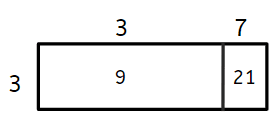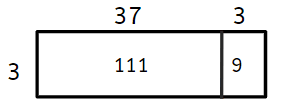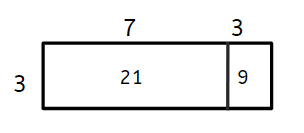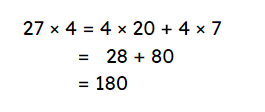Multiply a 2-digit number by a 1-digit number using partitioning
I can use partitioning to organise multiplication.
Multiply a 2-digit number by a 1-digit number using partitioning
I can use partitioning to organise multiplication.
These resources will be removed by end of Summer Term 2025.
Lesson details
Key learning points
- When you partition and multiply the ones and then the tens you get partial products.
- When you add the partial products you calculate the overall product.
- Partitioning helps you to organise multiplication.
Keywords
Partial product - Any of the multiplication results we get leading up to an overall multiplication result.
Common misconception
Pupils may not record partitioned factors as tens and ones leading to incorrect calculation.
Encourage pupils to use the stem sentences to support their thinking. Use the language of ___ tens to support place value.
To help you plan your year 5 maths lesson on: Multiply a 2-digit number by a 1-digit number using partitioning, download all teaching resources for free and adapt to suit your pupils' needs...
To help you plan your year 5 maths lesson on: Multiply a 2-digit number by a 1-digit number using partitioning, download all teaching resources for free and adapt to suit your pupils' needs.
The starter quiz will activate and check your pupils' prior knowledge, with versions available both with and without answers in PDF format.
We use learning cycles to break down learning into key concepts or ideas linked to the learning outcome. Each learning cycle features explanations with checks for understanding and practice tasks with feedback. All of this is found in our slide decks, ready for you to download and edit. The practice tasks are also available as printable worksheets and some lessons have additional materials with extra material you might need for teaching the lesson.
The assessment exit quiz will test your pupils' understanding of the key learning points.
Our video is a tool for planning, showing how other teachers might teach the lesson, offering helpful tips, modelled explanations and inspiration for your own delivery in the classroom. Plus, you can set it as homework or revision for pupils and keep their learning on track by sharing an online pupil version of this lesson.
Explore more key stage 2 maths lessons from the Multiplication by partitioning leading to short multiplication (2 by 1-digit) unit, dive into the full secondary maths curriculum, or learn more about lesson planning.

Content guidance
- Risk assessment required - equipment
Supervision
Adult supervision required
Licence
Starter quiz
6 Questions
Numbers we can multiply together to get another number.
The answer when two or more values are multiplied together.
Moving an amount (usually 10) from one part of a calculation

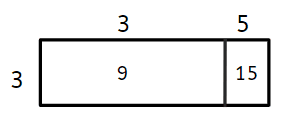
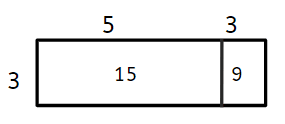
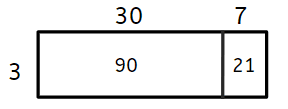
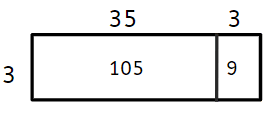
Exit quiz
6 Questions
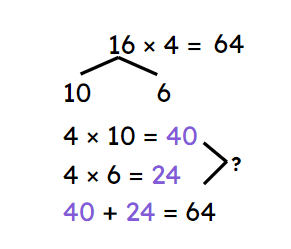
80 + 24
120 + 24
200 + 16

